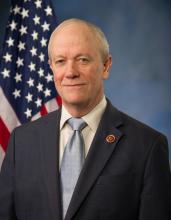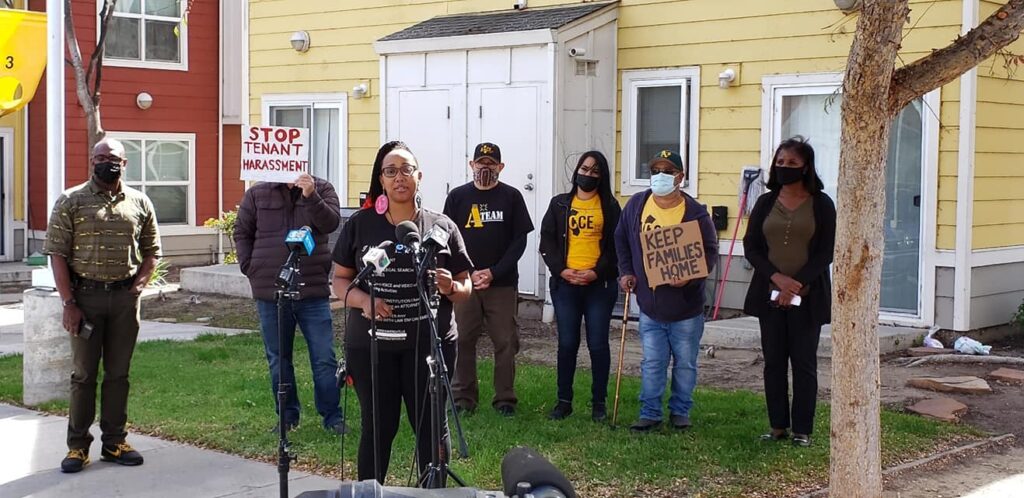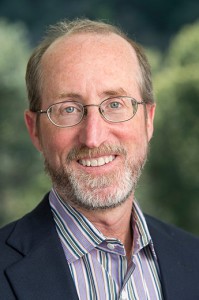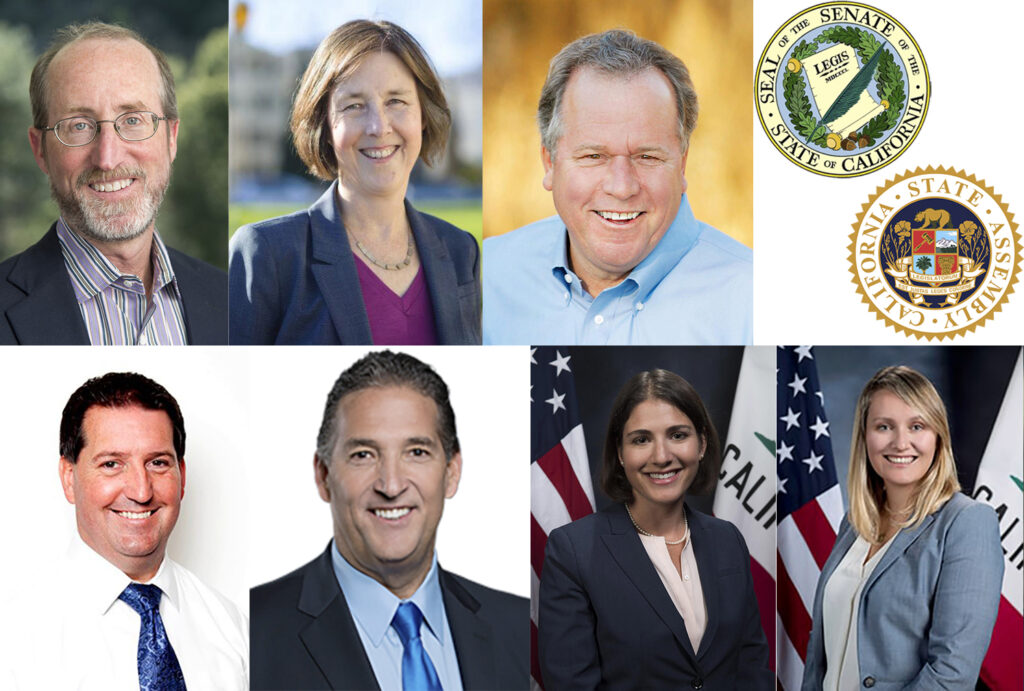Federal Infrastructure bill brings major investment to California Rail Network
Friday, November 19th, 2021
Funding package supports several capital projects for ACE Rail and Amtrak San Joaquins which serves Antioch station; provides up to $102 billion in total spending for passenger railroad infrastructure including $28.5 billion for Amtrak
By Harlo Pippenger, San Joaquin Joint Powers Authority
The San Joaquin Regional Rail Commission and San Joaquin Joint Powers Authority are applauding the passage of the federal Infrastructure Investment and Jobs Act (IIJA) of 2021 and highlighting the bill’s series of investments in California rail projects.
The transportation reauthorization package passed out of the House on November 5th and President Biden signed the measure this past Monday. It provides up to $1.2 trillion in infrastructure spending, including nearly $550 billion in new spending to address the nation’s aging transportation networks. Specifically, the bill provides up to $102 billion in total spending for passenger railroad infrastructure.
“This bill brings meaningful investments to our rail system in the Central Valley and Northern California,” said Stacey Mortenson, Executive Director of both the San Joaquin Regional Rail Commission (SJRRC), which runs Altamont Corridor Express (ACE Rail), and the San Joaquin Joint Powers Authority (SJJPA), which runs Amtrak San Joaquins. “We have capital projects underway throughout our service territories, and this new federal funding package comes at the right time to support route improvements, station buildout, and equipment modernization.”
ACE Rail, a commuter service that runs between the Bay Area and Stockton, and Amtrak San Joaquins, an intercity service that runs through the Central Valley and connects to the Bay Area, will benefit from several funding streams in the legislation:
- The infrastructure package includes a 43% increase to Federal Transit Administration formula funds, which directly support ACE’s capital program on a yearly basis.
- The legislation provides up to $28.5 billion for Amtrak’s National Network – these funds will support routes like the San Joaquinsand help the system acquire modern rolling stock, enhance station accessibility and amenities, and address backlogged capital projects.
- The package provides up to $10 billion for Consolidated Rail Infrastructure and Safety Improvement (CRISI) grants, which is a competitive grant program. The funding will expand eligibilities for the CRISI grants to allow state-supported routes like the San Joaquinsto acquire and develop clean energy locomotives.
- The IIJA creates a new railroad grade-crossing elimination program – with up to $5.5 billion in funding – to improve railroad safety across the nation and our state. In FY 2020, California experienced the second most highway-rail grade crossing incidents in the nation.
“These investments will not only transform our transportation system, but will also help transform our communities,” said Christina Fugazi, SJRRC Chair. “It is essential that local, state and federal governments make it a priority to enhance and modernize our rail networks. Improving access and increasing rail service are key strategies for reducing congestion, supporting environmental and climate change goals, and strengthening our economy.”
“California is unique in how it manages passenger rail systems,” said Patrick Hume, SJJPA Chair.“So, we appreciate how this funding package will allow our state-supported San Joaquins route service to compete for new grant dollars, while also positioning us to work together with the Federal Railroad Administration and CalSTA to use this funding to modernize equipment and pursue key capital projects.”
On a local and regional level, advocacy efforts are also accelerating on behalf of a series of projects aimed at expanding passenger rail service throughout the “megaregion.” The Metropolitan Transportation Commission (MTC), San Joaquin Council of Governments (SJCOG), and Sacramento Area Council of Governments (SACOG) have come together in a Working Group and jointly identified the “MegaRegion Dozen,” which are a variety of multi-modal transportation projects that would benefit the connected Northern California and Central Valley region. The MegaRegion Dozen plan calls for more than $400 million in additional funding priorities for Amtrak San Joaquins and ACE Rail; it will help organize how the different agencies and local governments pursue different grant or funding opportunities.
“We see a lot of momentum right now in support of a strong, reliable, accessible passenger rail network in California,” Fugazi added. “We appreciate the dedication of Senator Padilla, Senator Feinstein, and our congressional representatives from Northern California and the San Joaquin Valley who helped push through the IIJA legislation that brings tangible benefits for our programs, and we are ready to put the new funds to good use immediately.”
President Biden also signed an Executive Order for implementing the bill on Monday, in which he wrote, “The Infrastructure Investment and Jobs Act is a once-in-a-generation investment in our Nation’s infrastructure and competitiveness. It will help rebuild America’s roads, bridges, and rails; expand access to clean drinking water; work to ensure access to high-speed Internet throughout the Nation; tackle the climate crisis; advance environmental justice; and invest in communities that have too often been left behind. It will accomplish all of this while driving the creation of good-paying union jobs and growing the economy sustainably and equitably for decades to come.”
Allen Payton contributed to this report.














 Every year seems to bring one challenge after another, and in California, we’re used to tackling them head-on. But while Californians have become accustomed to wildfire season and the unpredictability it brings, patients in Contra Costa County have unfortunately also become accustomed to their quality of emergency medical services (EMS) going up in flames. To make matters worse, our state officials are considering legislation that would guarantee this inadequate patient care continues.
Every year seems to bring one challenge after another, and in California, we’re used to tackling them head-on. But while Californians have become accustomed to wildfire season and the unpredictability it brings, patients in Contra Costa County have unfortunately also become accustomed to their quality of emergency medical services (EMS) going up in flames. To make matters worse, our state officials are considering legislation that would guarantee this inadequate patient care continues.











